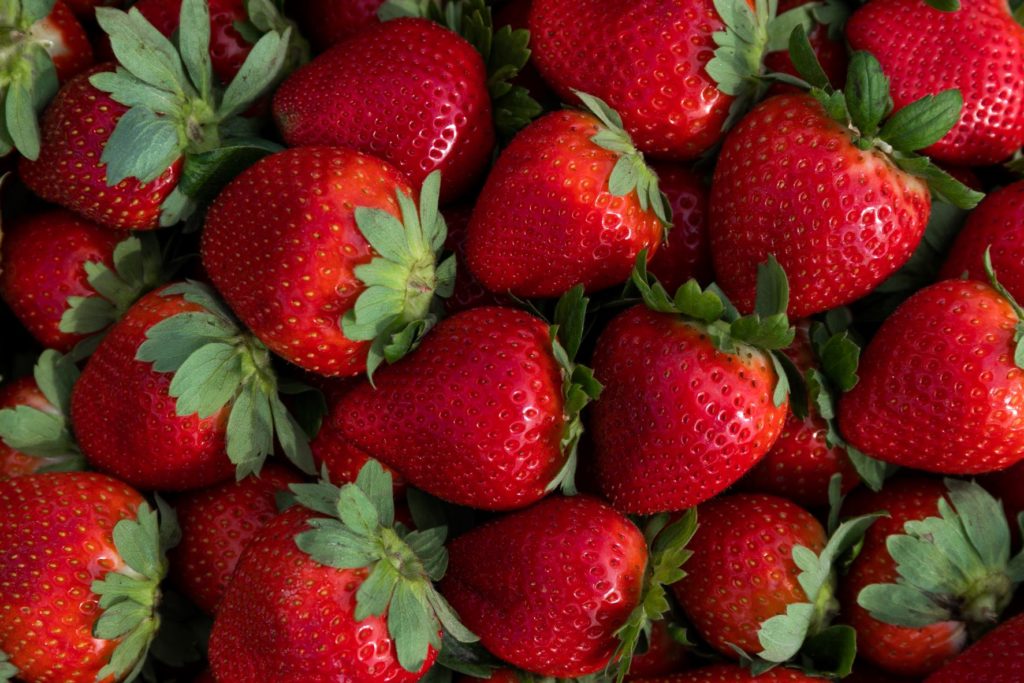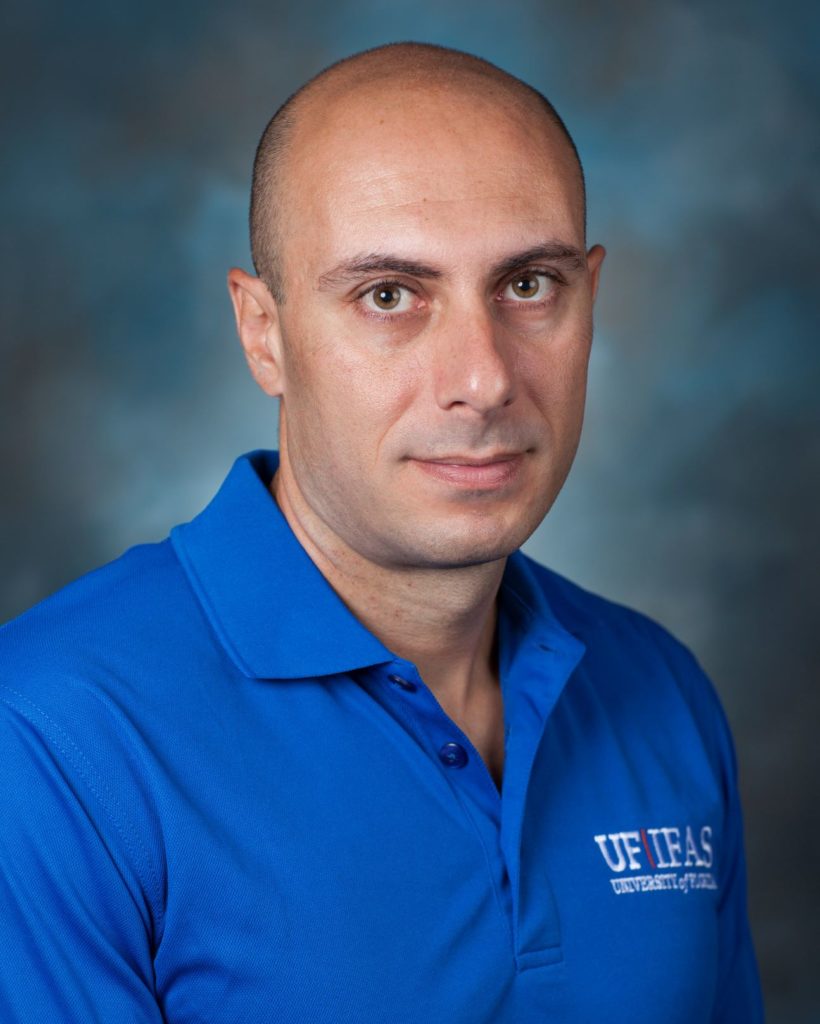Bruises in fruit can be caused by multiple factors: compression, impact or vibration during harvesting, transportation and packaging operations, said Xue Zhou, a doctoral student at the University of Florida Institute of Food and Agricultural Sciences (UF/IFAS) College of Agricultural and Life Sciences.

Zhou works with Yiannis Ampatzidis, a UF/IFAS associate professor, and Won Suk “Daniel” Lee, a professor, both in agricultural and biological engineering.

Together, the researchers use artificial intelligence (AI) technology to make sure the strawberries consumers purchase at the market are healthy.
Their system finds bruises by detecting differences in color, shape and texture between the bruised and healthy parts of the fruit. At least 15% of each strawberry should show bruising before scientists put it in that classification. Such strawberries should be discarded, Zhou said.
The AI system takes thousands of images and evaluates them.
Growers can eventually use this system in a machine harvester or a strawberry processing line to help inspect strawberries for bruises. It will also save the cost of the labor required to examine the fruit.
“This AI-enhanced strawberry bruise-detection system can assist growers and improve the quality of strawberries that are sent to the market and maximize the shelf life of fresh strawberries,” said Ampatzidis, a faculty member at the Southwest Florida Research and Education Center in Immokalee, Florida.
Bruises make strawberries more vulnerable to rot, thus shortening their shelf life.
This research builds on a previously published study in which Zhou, Ampatzidis and Lee used AI to find strawberries at various stages of maturity. The scientists conducted that experiment at a field at the Plant Science Research and Education Unit in Citra, Florida.
The technology tells scientists the maturity stage of strawberries by distinguishing the physical appearance, color, shape and texture of the fruit by training with thousands of known samples.
Results from the Citra study help growers predict their crop yields, an essential element of any farmer’s budget.
This research finding is particularly important in Florida, where farmers grow strawberries on about 11,000 acres, and the fruit carries a $400 million-a-year economic impact.
Feature keyphrase: Artificial Intelligence









